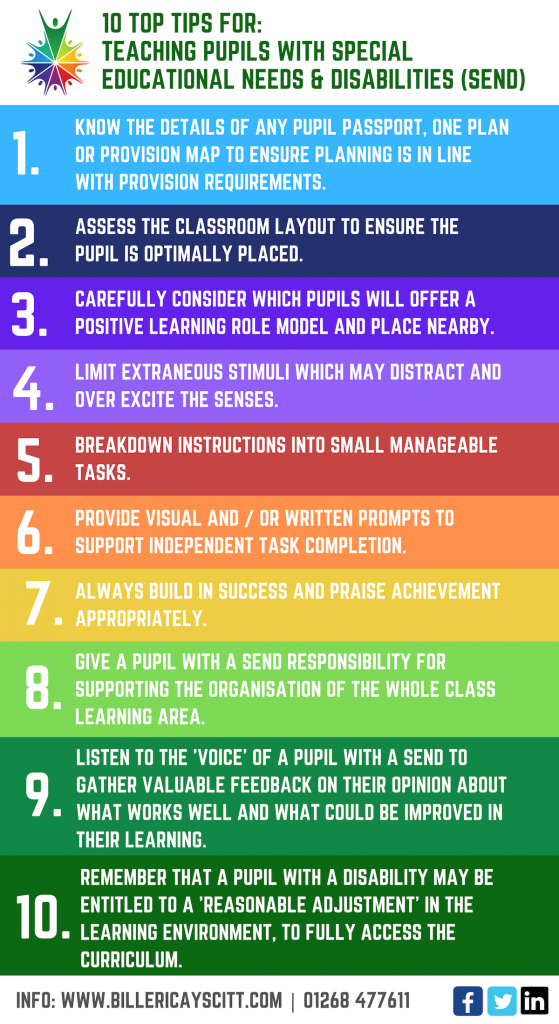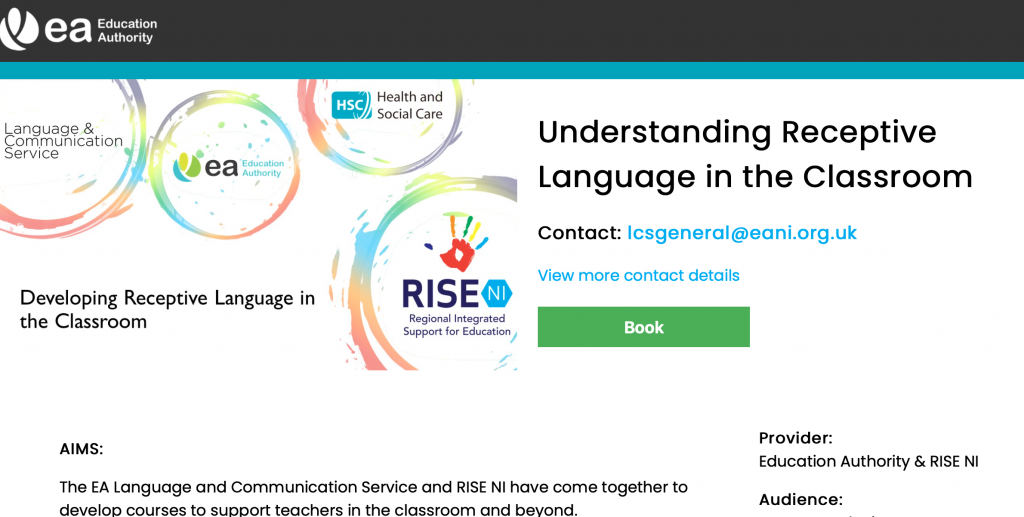A Turn of Events
Shortly after Christmas a job opportunity arose as a classroom assistant in a primary school near home. This was ideal as I had planned on gaining experience in the classroom for the next year to better equip myself before applying for a PGCE. The only catch is that it was a full-time, immediate start job. Obviously, I’m still finishing my degree, therefore I couldn’t offer full-time hours straight away. After negotiation we agreed on three days a week until easter, then full-time. This allowed me to continue my classes, finish my work placement in a new environment and get a head start on building upon my experience.
Since starting my new job in February, there have been a few challenging aspects of the job. With this being a one-to-one role with a child holding a statement of special educational needs, I found myself having to quickly adapt to his day-to-day behaviour, his best way of learning and realising when the work was becoming overwhelming and mentally exhausting for him. I have naturally found myself using Borton’s model of reflection, thinking of the ‘What, so what, now what’ steps to constantly develop my understanding of working with a one-to-one child, what that entails and how I can assist the child to the best of my ability.
Jumping into the deep end
A challenging aspect needing addressed is the fact that this is my first time working with an SEN child in the classroom. I’ve worked with others within my church’s Sunday school class, but this was only for short periods at a time. These two children required constant supervision and engagement, unlike my one-to-one child. He requires motivation and prompts to reengage with his work as his attention span is short leading him to be easily distracted by his peers. Alongside his lack of attention, he can be lazy, leading him to guess words incorrectly when completing literacy and reading exercises.
How I’m Overcoming these Challenges
But I have learnt through encouraging him to sound out words and using phonics cubes, we can piece together words that he has difficulty with. I have also noticed that with him being a visual learner, he benefits from using Numicon when working on addition and subtraction sums during numeracy lessons. Numicon has recently been introduced as a tool in early years and key stage one level and are thought to ‘Help your child to see connections between numbers… It supports your child as they learn early maths skills in nursery and primary school. It is a multi-sensory way of learning, which means your child learns by seeing and feeling.’[1] in other words, perfect for my one-to-one child. This is equipment used daily and I’ve had to research online how to use it most effectively. Finding Youtube videos particularly helpful: https://www.youtube.com/watch?v=Ob1XW_1H4_I. As well as this, our school has been offered training on how to use Numicon which I am keen to attend.

Brenda the Godsend
With this being a new working environment for me, I felt overwhelmed as it was out of my comfort zone. Working with an SEN child requires so much more of you and initially I was worried that I wasn’t well enough equipped. Shortly after beginning I met Brenda who works for the Language and Communications service through the Education Authority. She guided me to useful resources as well as providing me with access to multiple courses such as ‘Understanding Receptive Language in the Classroom’[2] and ‘Understanding Expressive Language in the Classroom’[3] that would deepen my understanding and enable me to work more effectively with my one-to-one child.
Has my Degree really been able to help me this soon?
Controlling the room was a final challenge I initially faced with the job. I had remembered a lecture from an education module held last year by David Grant which focused on reading the room, which I have applied to my current placement. As well as this, I paid attention to the teachers’ techniques and replicated them when necessary. Such as raising both hands in the air until everyone had copied or by shaking an egg shaker to silence the room. These were both effective and in moments where the teacher wasn’t present, I have been able to read the room and control it the volume without having to raise my voice.
Already I have had the opportunity to incorporate what I’ve learnt through my drama degree, into my placement. For example, last week I used warm-ups and activities (also learned within the educational module) with the class to get them to think Imaginatively relating to the topic of Flight. We discussed different types of transport that fly as well as animals. This allowed me to tie in viewpoints through an imaginary flying carpet activity.
Praise Every Accomplishment
I have learnt a lot from my teacher in this short space of time and I feel we have already shown signs of strong teamwork, as I can go to her for guidance but also have made it clear that I will assist her in any way possible to ease her workload when teaching. I have begun to show recognition of accomplishments with my one-to-one child as well as the other children I assist in the class. I believe that whether their achievements are small or big, ‘To create a positive classroom environment, students must feel that you recognise their accomplishments.’[4]
Maintaining a High Level of Professionalism
I feel that I have developed good communication skills and have shown a willingness to learn in my placement, both being reflected in my analysis, but I feel that many more skills will develop from this work-based learning. I believe I have communicated professionally in my placement digitally by using Seesaw, the classroom app to engage privately with the teacher with regards to work for my one-to-one child. As well as this, I have remained professional verbally when working alongside other staff and when writing reflective notes on the child’s daily progress, I have addressed his development in a professional way for the parent. This placement has been a learning curve and undoubtedly will continue to develop my knowledge and understanding of working on-to-one, but also in a professional working environment.
[1] OxfordOWL, What is Numicon? (2022) <https://home.oxfordowl.co.uk/maths/numicon-guide-for-parents/> [accessed 31 March 2022].
[2] Education Authority & RISE NI, Understanding Receptive Language in the Classroom (2021) <https://easds.org.uk/booking/?bookingid=ca28167d1e3bc061> [accessed 30 March 2022].
[3] Education Authority & RISE NI, Understanding Expressive Language in the Classroom (2021) <https://easds.org.uk/booking/?bookingid=ca28167d1e3bc061> [accessed 30 March 2022].
[4] Paul Pelota, ‘Strategies for Effective Classroom Management in the Secondary Setting’, The Clearing House, 80.4, (2007), 163-166 (p. 165).
Always Read the Room
Shaping my future
You May Also Like

Improvising like jazz
27 March 2022
The Importance of Communication in the Workplace
31 March 2022




